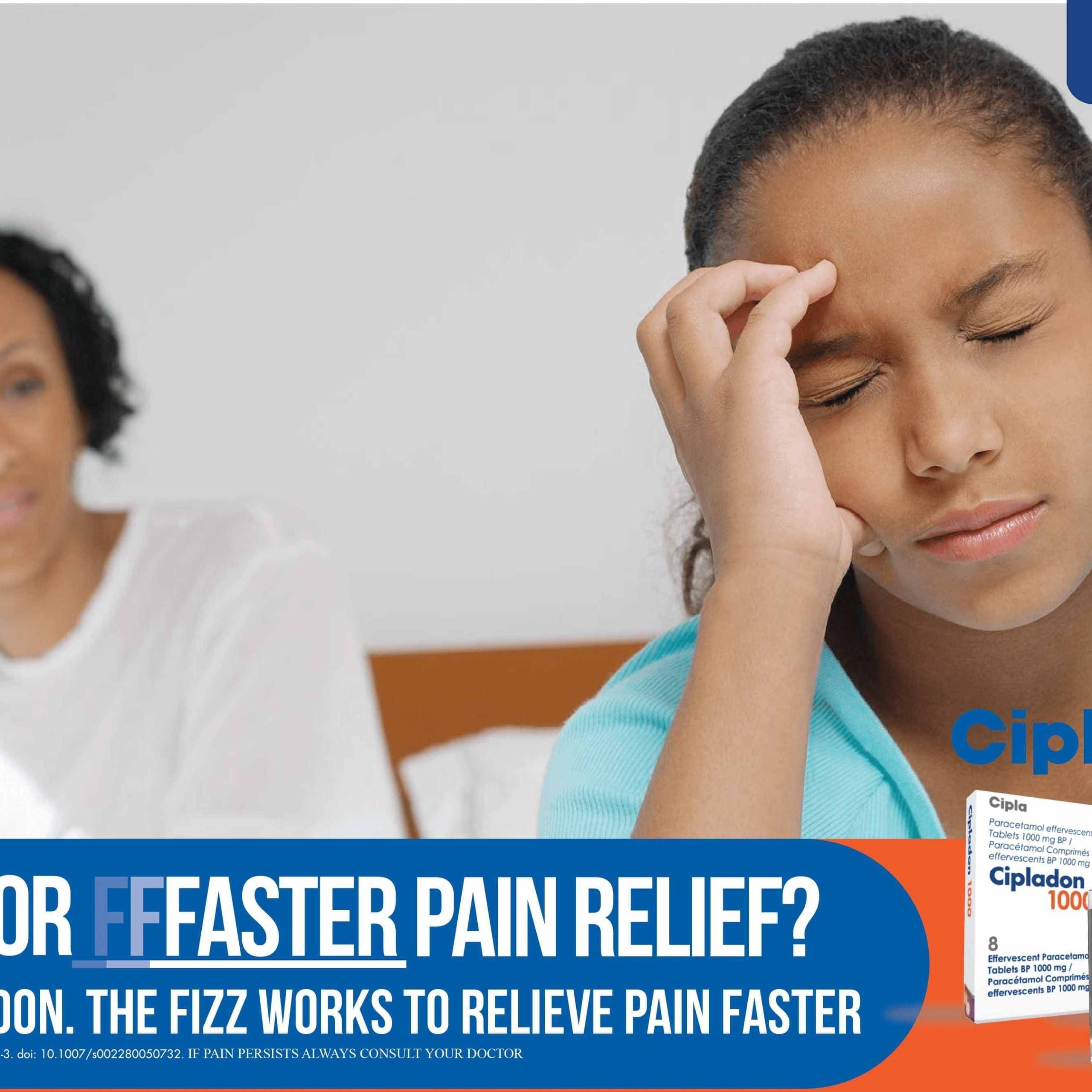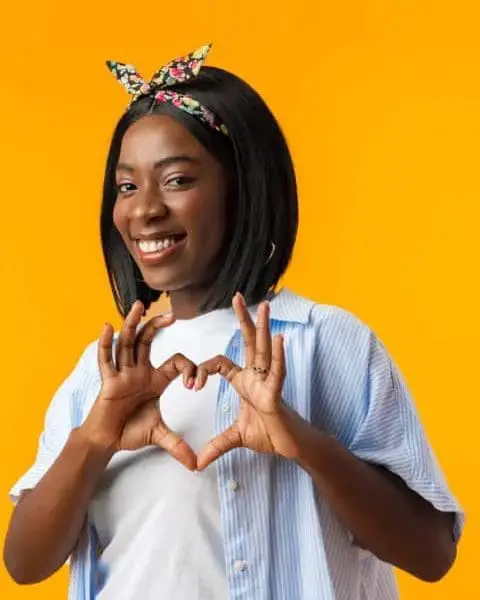Headaches in Babies and Small Children

We talk in general terms about headaches, what they are, and how to deal with them here, but headaches in small babies and small children deserve special attention. In this article, we will look at the symptoms and causes of headaches in children before the hormonal changes that come with puberty – from birth to about 10 or 11 years old.
What is a headache?
People – adults, children, and babies – have a headache when we feel pain or discomfort in our heads and/or around our faces. Because there are no pain nerves in the brain, it is not the brain that hurts, but rather we experience pain in the nerves and blood vessels in the jaw, neck, or head muscles. Babies and children can experience headache pain on one part of the head, they can be once off or more frequent.1 About 20% of school-age children and teens get frequent headaches. Mostly, these are tension headaches, but some children do struggle with migraines which can get worse when they become teenagers2 and which we will discuss in more detail in another article.
Doctors don’t entirely understand what causes headache pain, but they do recognize a range of different types of headache pain – up to 150.3
That sounds more terrifying than it is because, in most cases, what the doctors call primary headaches, are often nothing to worry about. Children, like adults, develop these headaches if they’re stressed, tired, or hungry. Usually, they go away – without medication. Headaches that are associated with an illness and/or conditions like influenza, hay fever, or injuries are known as secondary headaches and may require treatment (see below, when should I take my child to the doctor for a headache?).
There are four types of primary headache: tension headache, which we’ve already mentioned, migraines, chronic headaches, and cluster headaches. The latter two are not common in small children, and cluster headaches hardly ever occur in children under 10 years old.
How do I know if my little one has a headache?
Small children who can already speak will say something like, “Mamma, my head hurts!” or hold their heads and say, “Sore!” However, before they talk, babies use other signs to tell you their heads hurt. For example, they may cover their eyes or put their hands up, over their ears. Similarly, and like when they have a temperature, they may be sleepy and less active than usual and/or not interested in feeding.
Older children with headaches may not say they have a sore head, but be quieter than usual. So when you notice that your child is out of sorts, perhaps checking whether his/her head hurts is an excellent place to start.
Paediatric Migraines
Children can get migraines: in boys, they can start as early as 7 years old, and at around 10 for girls. Usually, there’s a family history of migraines, often with similar triggers. Children who have the gene for migraines may develop migraines when they get older.4 The typical symptoms of migraine in children, similar to adults, include:5
- Throbbing pain in the head
- Nausea and vomiting
- Sensitivity to bright light and noise
- Aura, or seeing bright or flashing lights6
- Paler skin than usual
How to help your child when she has a migraine
In addition to any prescribed migraine medication, encourage your child to quietly relax and rest in her room with the curtains closed and with a cold or warm cloth on her forehead. You could also help her to focus on her breathing with deep, calm breaths.
Children, stress, and tension headaches
We often forget that children, as we do, get stressed. Emotional conflict, as well as lack of sleep, hunger, and thirst, can all cause headaches. Again, some of the symptoms are the same as tension headaches in adults.
Stress and mental or emotional conflict can cause tension headaches that creep up on anyone – including children. Bullying at school or fighting with friends or even brothers and sisters could easily cause a tension headache. While every child may experience symptoms differently, here are some questions based on the most typical symptoms of a tension headache, and which you can ask your child:
- Is your head sore on one side or both?
- Are you uptight and clenching your jaw a lot?
- Does it feel like you have something tight wrapped around your head?
- Where else does it hurt? The back of your head, the neck?
- How bad is the pain?
The pain with tension headaches is usually mild rather than severe.
In addition to these questions, you might also think about the following possible changes or events that be one of the causes of your child’s headache:
- How has s/he been sleeping? Not getting enough, having bad dreams?
- Is s/he drinking enough liquids? Could s/he be dehydrated?
- Is s/he eating properly and not skipping meals?
Symptoms, like nausea and vomiting that are typical of migraine headaches, are not associated with tension headaches.
How to relieve your child’s tension headache
In addition to medication, or before resorting to medication, which we discuss below, help your child to relax by getting him/her to lie down with the head on a pillow (slightly raised). Sometimes a cold or warm cloth on the forehead helps as does a warm bath or shower.7
When should I take my child to the doctor for a headache?
Mothers have good instincts about their children and will know when to consult a medical practitioner about their child’s headaches. The most obvious is if the child often has headaches – for no reasons that you or she can identify. Also, if the headache doesn’t go away, comes back, and/or gets worse, take your child to the doctor.
Also, take your child to the hospital, if your child has a headache and if she:
- Has a temperature/fever
- Has a stiff neck
- Has pain in the back of the head
- Has difficulty seeing, or cannot see
- Is vomiting
- Has any weakness in her muscles
- Has any symptoms that wake them up in the middle of the night
In the case of secondary headaches, that comes with a cold or flu, mum tends to know best. However, if your child has any head or neck trauma, whether it’s a nasty scratch, cut, bump or bruise, it’s a good idea to take your child to the emergency room. This way if there is brain damage or some other problem, it is quickly dealt with.8
What medicines are used for children’s headaches?
As we have already noted, children’s headaches don’t always need to be treated. However, if your child is very uncomfortable, there are over-the-counter pain killers like Cipladon 500mg (paracetamol) and ibuprofen that you can use. Before you give your child medicine, do remember that the dosages for children are based on their age and weight, so it’s best to do so under medical supervision.
If your child has been diagnosed with migraine, it’s possible that your pediatrician will prescribe one of the following medications:9
- Rizatriptan (Maxalt), for children between 6 and 17
- Propranolol – unless your child has asthma, diabetes, or depression.
- Topiramate, which is an anti-seizure drug that is as effective as propranolol
- Amitriptyline, which is an antidepressant often taken at bedtime, can help to prevent migraine and tension headaches
Disclaimer: For the above-listed non-over-the-counter medications require diagnosis and a prescription from your medical practitioner.
Disclaimer: The information on this site should not be used as a substitute for professional medical care or advice. Contact a health care provider if you have questions about your health.
Sources:
- Seladi-Schulman, J. 2021 Having Constant Headaches? What You Need to Know. Healthline. [Online] Available from <https://www.healthline.com/health/constant-headache#causes> 21/07/2022
- Cleveland Clinic medical professionals. Headaches in Children [Online] Available from <https://my.clevelandclinic.org/health/diseases/4225-headaches-in-children> 22/07/2022
- Headache Basics. WebMD [Online] Available from <https://www.webmd.com/migraines-headaches/migraines-headaches-basics> 21/07/2022
- Headaches in Children. Johns Hopkins Medicine [Online] Available from <https://www.hopkinsmedicine.org/health/conditions-and-diseases/headache/headaches-in-children#> 21/07/2022
- Chee, P 2021. Headache. Child Neurology Foundation [Online] Available from <https://www.childneurologyfoundation.org/disorder/headache/> 21/07/2022
- Davis, P D. 2021 Definition of Aura RxList [Online] Available from <https://www.rxlist.com/aura/definition.htm> 21/07/2022
- Khatri, M (reviewer) 2021. What Should I Do for My Child’s Headaches? Home Treatments. WebMD [Online] Available from <https://www.webmd.com/migraines-headaches/guide/your-childs-headache> 21/07/2022
- Saling, J., 2020. Head Injury. WebMD [Online] Available from <https://www.webmd.com/fitness-exercise/guide/head-injuries-causes-and-treatments>
- Marchin, A., 2022 Pediatric Headaches: Know Which Symptoms Are Red Flags Healthline [Online] Available from <https://www.healthline.com/health/pediatric-headache-red-flags> 21/07/2022
